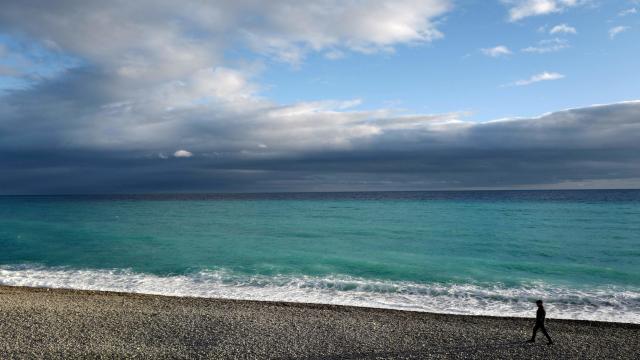I freaking love the beach. It is my place of solace come summertime and my preferred destination come vacation time. So it breaks my heart to share this news: Half of our world’s beaches could be gone by the end of the century.
A new study published on Monday in Nature Climate Change shows the way climate change, rising sea levels, and erosion are set to transform our coastlines over the next 80 years. The changes vary depending on where in the world you look, but the results are worrisome for those who live along or enjoy the coast. Melting glaciers and rising heat could destroy beaches that not only serve as sources of tourism dollars but also help protect coasts from cyclones and storms.
The authors of this paper—who hail from Italy, Portugal, Spain, and the Netherlands—analysed 35 years of coastal satellite data to see how shorelines have evolved. They then used climate models to look at sea level rise and simulated what would happen to beaches over the rest of this century. The team went even further to simulate more than 100 million storm events to quantify the coastal erosion that could occur globally as a result.
Study author Michalis Vousdoukas, a researcher at the European Commission, told Earther in an email that they pursued the study because this information was missing. And it’s vital stuff: About 10 per cent of the world’s population lives in coastal areas that sit a mere 30 feet above sea level, per the United Nations. And about 40 per cent of the population live some 60 miles from the coast. So the implications of this go far beyond recreational use of beaches. The loss of beaches affects people’s lives and livelihoods.
“[S]andy beaches are important for tourism, and they also have ecological value [while] at the same time offering natural protection from storms,” Vousdoukas wrote.
The amount of damage to beaches depends on how high the world’s carbon emissions climb. In a moderate emissions scenario where humanity peaks carbon pollution by midcentury, the world would would lose, on average, up to 255 feet (77 metres) of shoreline by 2050. If emissions continue to rise throughout the century, up to 320 feet (97 metres) of sandy shoreline would disappear on average globally. However, if we fast forward to 2100, the numbers get even more extreme due to erosion with 538 feet (168 metres) of sandy beaches lost in the moderate emissions scenario and 787 feet (239 metres) in the worst case one.
Not all regions will feel these impacts equally. South Asia, for instance, will see major losses. Under a worst case emissions scenario, at least 50 per cent of beaches will see retreat of more than 328 feet (100 metres) by 2050. By 2100, that percentage of beaches losing more than a football field of sand grows to 80 per cent. North Australia will have it pretty bad, too. By 2100, about 70 per cent of sandy beaches will experience this level of retreat. In Canada, closer to 90 per cent of sandy beaches will experience at least that level of retreat. And along the northeastern tip of South America, home to French Guiana and Guyana, 100 per cent of beaches will recede that much or more.
The good news, though, is that reducing greenhouse gas emissions saves a good chunk of the world’s sandy beaches compared to letting things get out of control. The world could prevent 17 per cent of this projected loss by 2050 and 40 per cent of the loss projected for 2100. That’s an average of 137 feet of sandy beach saved, on average, around the world. The key is reducing emissions and using sustainable management practices on coasts so that we don’t further worsen the erosion happening due to sea level rise.
